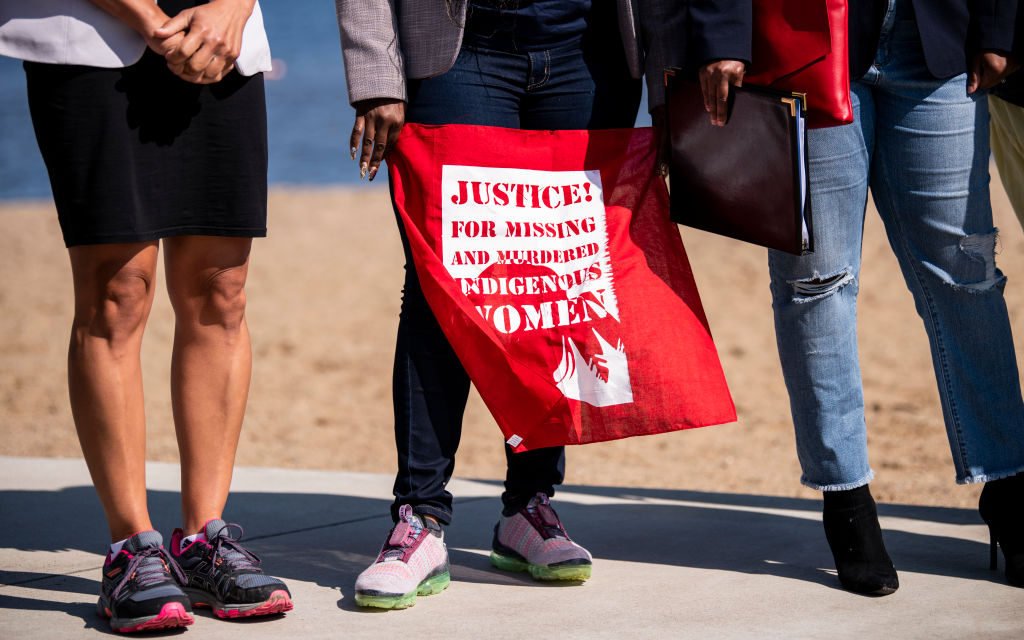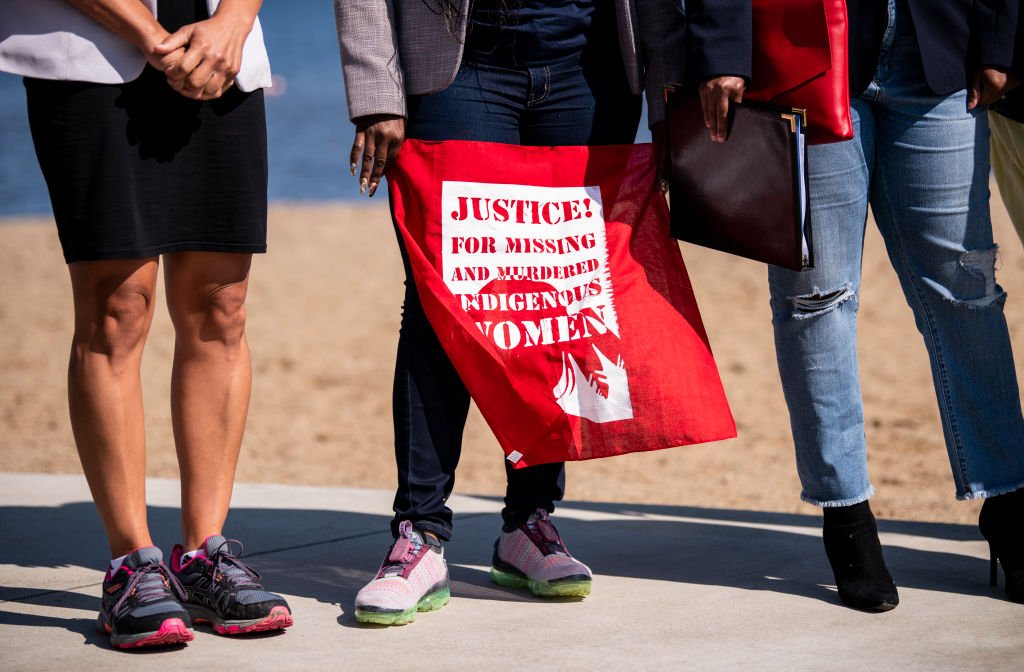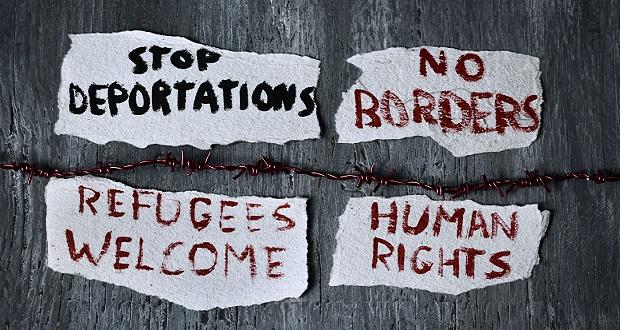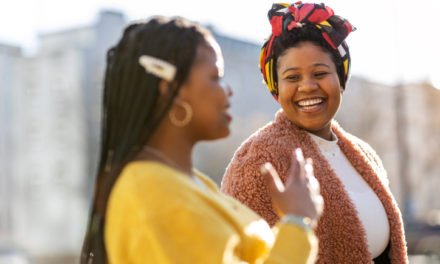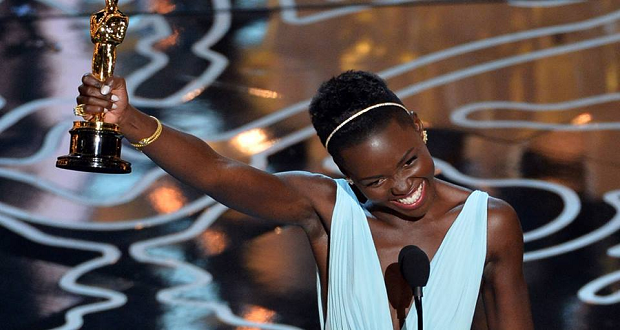The case of Gabrielle “Gabby” Petito, the 22-year-old white women who went missing while on a cross country road trip with her fiancé and was subsequently found dead, has captivated the nation for weeks. Every news outlet has covered this case in some form or another making both Petito and her fiancé a household name. The exhaustive coverage has brought to question, why don’t BIPOC missing persons get the same type of attention? It further begs the question, by whose standards do missing people’s lives matter? By whose standards are missing people’s lives worthy?
I want to be clear upfront that I am not suggesting that Petito’s case does not deserve to be discussed. The point is to highlight the disparities around the coverage of missing white women and girls versus BIPOC women and girls.
BIPOC women and girls go missing at disproportionately higher rates, however most people never know their names. Their stories do not generate the same volume of media or personal interest as the cases of white women and girls. As a matter of fact, in the same area where Petito went missing, 710 Indigenous people were reported missing between 2011 – 2020. The lack of coverage sends the message that certain lives are more worthy than others.
BIPOC women and girls go missing at disproportionately higher rates, however most people never know their names. Their stories do not generate the same volume of interest as the cases of white women and girls. Share on XA 2016 study conducted by Criminologist Zach Sommers of four national and local news outlets found that Black people were “significantly underrepresented” in coverage of missing persons compared with the number of FBI cases. The same study further found that coverage was vastly different in intensity, with news outlets more likely to report on particular stories of missing white women. “By choosing to disproportionately highlight the experiences of whites and women, these four news websites are implicitly — or perhaps explicitly — intimating that the cases of those individuals matter more,” Sommers wrote.
There are also differences in the resources that are assigned to cases. The FBI is involved in the Petito case to search for her fiancé who is a person of interest. Oftentimes in cases that involve BIPOC women, the search efforts are organized solely by the family.
Gwen Ifill, the late PBS NewsHour Anchor, coined this phenomenon “missing white woman syndrome” at the 2004 Unity: Journalists of Color conference. “If there’s a white woman missing, we’re going to cover that – every day,” she stated. Ifill helped to shed light on the intersection of race, gender, and hierarchy as it relates to media’s attention on missing women. If BIPOC missing women are mentioned at all, they are often portrayed in some negative way.
Danielle Slakoff, an assistant professor at California State University, Sacramento has also done research on the topic and found that white missing women receive more coverage and are often depicted as “good people,” whereas women of color were often characterized as “risk-takers” and somehow complicit in their own disappearances. “White victims tend to be portrayed as being in very safe environments, so it’s shocking that something like this could happen, whereas the Black and Latino victims are portrayed as being in unsafe environments, so basically normalizing victimization,” she said.
White missing women receive more coverage and are often depicted as 'good people,' whereas women of color were often characterized as 'risk-takers' and somehow complicit in their own disappearances. Share on X
So, what are some tangible action steps we can take?
Contact Local and National Media Outlets
The demographic make-up of most major news organizations is disproportionately white. It is not surprising that the stories told are also disproportionately white. We need to hold journalists and media outlets to account for their coverage of these cases. One news anchor in the Bay Area was suspended for attempting to include a tagline to his report of Gabby Petito noting the lack of coverage of many cases of missing and murdered BIPOC women. Reach out to your local news stations to urge them to be more equal in coverage of these cases.
The demographics of most news orgs are disproportionately white. It's not surprising that the stories told are disproportionately white. We need to hold journalists and media outlets to account for their coverage of these cases. Share on X
Educate Yourself On Missing BIPOC Women
- The website Our Black Girls (OBG), created by journalist and activist Erika Marie Rivers in 2018, centers the stories of Black girls and women who have gone missing or, in some cases, were found dead under mysterious circumstances.
- Similarly, Missing and Murdered Indigenous Women USA (MWIW USA) raises awareness on missing and murdered indigenous women through education, training and posting information on social media.
- The mission of the Black & Missing Foundation, Inc is to bring awareness to missing persons of color and provide vital resources and tools to missing person’s families and friends.
All three organizations also accept donations; please consider offering your support monetarily if you are able.
Contact Your Government Officials
Reach out to your local government officials and urge them to support or create legislation to focus on studying disparities between coverage and resources assigned to solving cases of missing and murdered BIPOC women, and make recommendations to improve how cases are handled.
Reach out to your local government and urge them to support legislation to focus on studying disparities between coverage and resources assigned to cases of missing and murdered BIPOC women. Share on X
Check Your Own Biases
As a culture, we place a priority on ‘whiteness’ and are therefore more willing to accept stories are about white people as victims that we should care about. Society is more likely to see a connection to white missing women, over those of color. “When we see a White person who has gone missing, we say that could be my daughter, neighbor or cousin or friend… and they identify with that person and are more likely to read the story than we would if it were a person of color,” notes criminologist Zach Sommers. If this resonates with you, track what stories you are more drawn to and ask yourself: why?
As a culture, we place a priority on ‘whiteness’ and are more willing to accept that stories about white people as victims are what we should care about and have connection to, over those of color. Share on X
